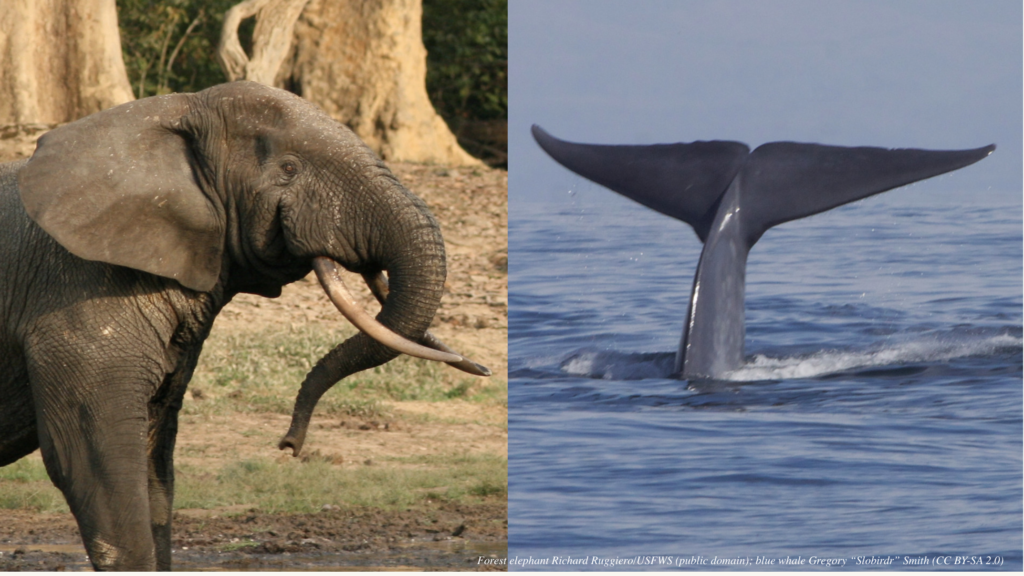
Despite their massive size, African forest elephants remains an elusive species, poorly studied because of their habitat in the dense tropical forests of West Africa and the Congo.
But the more we learn about them, the more we know that forest elephants are in trouble. Like their slightly larger and better-known cousins, the bush or savannah elephants (Loxodonta africana), forest elephants (L. cyclotis) face rampant poaching for their majestic ivory tusks and the growing bush meat trade. More than 80% of the population has been killed off in central Africa since 2002.
Today fewer than 100,000 forest elephants occupy their dwindling habitat. Conservationists worry they could soon head toward extinction if nothing is done.
And now a new threat has emerged: A study published this September found that climate change has resulted in an 81% decline in fruit production in one forest elephant habitat in Gabon. That’s caused the elephants there to experience an 11% decline in body condition since 2008.
But other research, also published in September, suggests a possible solution to both these crises.
Elephants and Carbon
It all boils down to carbon dioxide.
Forest elephants play a huge role in supporting the carbon sequestration power of their tropical habitats. Hungry pachyderms act as mega-gardeners as they roam across the landscape searching for bits of leaves, tree bark and fruit; stomping on small trees and bushes; and spreading seeds in their dung. This promotes the growth of larger carbon-absorbing trees, allowing forests to sequester more carbon from the air.
And they’re not unique in this oversized role, although the closest equivalent lives in an entirely different type of habitat.
Last year a team of researchers led by Ralph Chami, an economist and assistant director at the International Monetary Fund, published a groundbreaking report on the monetary value of great whales, the 13 large species that include blue and humpback whales. The study accounted for whales’ enormous carbon-capturing functions, from fertilizing oxygen-producing phytoplankton to storing enormous amounts of carbon in their bodies when they die and sink to the seafloor. After also including tourism values, Chami’s study estimated each whale was worth $2 million, amounting to a staggering $1 trillion for the entire global population of whales.
“It’s a win-win for everyone,” Chami says of his economic models, which place a monetary value on the “natural capital” of wildlife, including the carbon sequestration activities of whales and elephants. “By allowing nature to regenerate, [elephants and whales] are far more valuable to us than if we extract them. If nature thrives, you thrive.”
To read the rest of the article check this link